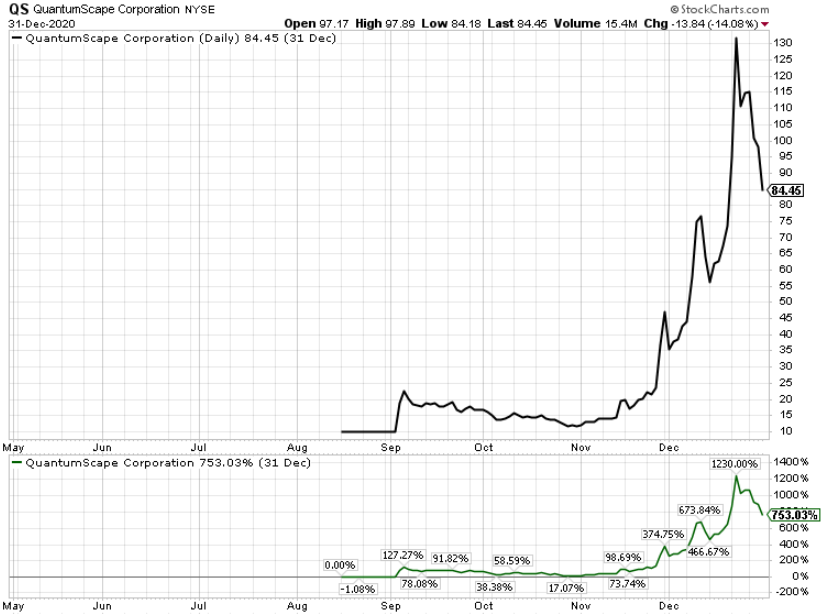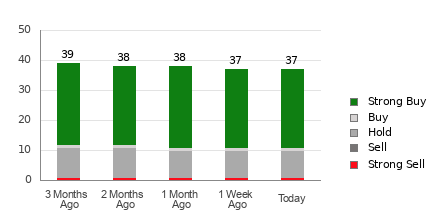Nvidia’s Stock Dips: Is It Time to Buy Amid Trade War?
In the wake of President Donald Trump’s escalating trade war, Nvidia (NASDAQ: NVDA), a leading player in the semiconductor industry that powers the artificial intelligence (AI) landscape, has seen its share price drop by 28% since the beginning of 2025.
Currently, the company’s shares are trading at just 16.3 times projected earnings for 2028. This decline is attributed to Microsoft‘s slow pace in data center construction combined with the new reciprocal tariffs introduced in the U.S. This historically favorable valuation may present a unique buying opportunity for long-term investors. Here’s why.
Looking to invest $1,000 now? Our analysts have identified the 10 best stocks to consider. Learn More »

Image source: Getty Images.
Nvidia Expands Partnerships During Market Uncertainty
While there are concerns regarding potential slowdowns in AI spending, Nvidia is strengthening its strategic partnerships to broaden its competitive edge. Recently, the company announced a major collaboration with Alphabet, specifically through its Google Cloud division, to enhance agentic-AI capabilities for enterprises utilizing the Nvidia Blackwell platform.
Agentic AI systems can independently make decisions, solve problems, and operate autonomously, as opposed to traditional models that merely respond to prompts. These advanced systems allow businesses to automate processes, thus unlocking new growth areas in enterprise intelligence.
This collaboration aims to address essential confidential computing needs by enabling organizations to utilize Google’s Gemini AI models while safeguarding data sovereignty and adhering to regulatory requirements. For sectors managing sensitive data, such as healthcare, finance, and government, this alliance fosters innovation in AI without compromising security, thus creating a new market segment for Nvidia’s hardware.
Advancements in Robotics and Physical AI
Nvidia is also making headway in the realms of robotics and physical AI systems. At the recent GTC conference held in San Jose, California, the firm showcased a range of robotic applications powered by its technology, from surgical robots to autonomous delivery systems. These innovations represent a significant growth opportunity beyond its core data center business.
The future economic impact of robotics is considerable. Forecasts predict that the global robotics market will grow from $65 billion in 2024 to a remarkable $376 billion by 2035, resulting in a compound annual growth rate of 17%.
Particularly notable is the humanoid robot segment, which is anticipated to reach $38 billion by 2035—marking a sixfold increase from previous estimates. This surge in figures reflects rapid advancements in AI technology, especially regarding multimodal physical AI that can perceive and interact with the real world.
Nvidia’s Isaac Sim software platform allows developers to craft and train robotic systems within simulated settings before their real-world application. This technology was recently demonstrated by robotic arms successfully mimicking human movements, showcasing potential uses across manufacturing and healthcare sectors.
Nvidia’s Market Leadership Stands Strong
Despite facing challenges, Nvidia’s dominance in graphics processing units (GPUs) and AI acceleration remains largely unchallenged. The company’s GPUs excel at processing data concurrently, making them optimal for AI tasks. Moreover, its proprietary Compute Unified Device Architecture (CUDA) software imposes high switching costs for customers, safeguarding Nvidia’s strong market position against emerging competitors.
The true strength of Nvidia lies in its comprehensive reach across the entire AI ecosystem—including hardware, networking, software, and services. The recent introduction of the Blackwell platform, along with partnerships with key cloud providers, underscores Nvidia’s commitment to innovation while deepening its integration into enterprise AI systems. For these reasons, Nvidia’s core competitive advantages seem likely to withstand the test of time, offering a stable investment opportunity for the long haul.
Nvidia’s Stock Presents Value at Current Price
Trading at 16.3 times projected earnings for 2028, Nvidia’s stock currently offers significant value. The company is at the forefront of the next computing transition. While current tariffs and fluctuations in large tech spending may pose short-term risks, Nvidia’s growing partnerships and technological advancements position it for sustained success in the ongoing AI revolution.
Nonetheless, risks persist. The bearish outlook includes potential challenges from major tech companies developing their own chips and the possibility of users shifting to alternative open-source tools that could threaten CUDA’s popularity. Additionally, Nvidia’s gaming segment has historically experienced boom-and-bust cycles that can impact its short-term performance.
However, for investors who can endure the disturbances caused by the trade war, the current stock valuation may serve as an appealing entry point. The advancements in agentic AI and robotics could prove to be powerful growth drivers for Nvidia’s stock over the next decade or two.
A Potentially Lucrative Second Chance
If you’ve ever felt like you missed the opportunity to invest in top-performing stocks, now is the moment to reconsider.
Occasionally, our team of analysts identifies a “Double Down” Stock recommendation for companies poised for growth. If you think you might have lost your chance to invest, don’t hesitate now to act before it’s too late. The results are compelling:
- Nvidia: An investment of $1,000 in 2009 would have grown to $296,487!*
- Apple: A $1,000 investment in 2008 would be worth $37,700!*
- Netflix: Investing $1,000 in 2004 would yield $509,884!*
Currently, we are issuing “Double Down” alerts for three exceptional companies, and another chance like this may not come again soon.
Continue »
*Stock Advisor returns as of April 5, 2025.
Suzanne Frey, an executive at Alphabet, serves on The Motley Fool’s board of directors. George Budwell holds positions in Microsoft and Nvidia. The Motley Fool has positions in and recommends Alphabet, Microsoft, and Nvidia. The Motley Fool recommends the following options: long January 2026 $395 calls on Microsoft and short January 2026 $405 calls on Microsoft. The Motley Fool has a disclosure policy.
The views and opinions expressed herein are solely those of the author and do not reflect those of Nasdaq, Inc.








